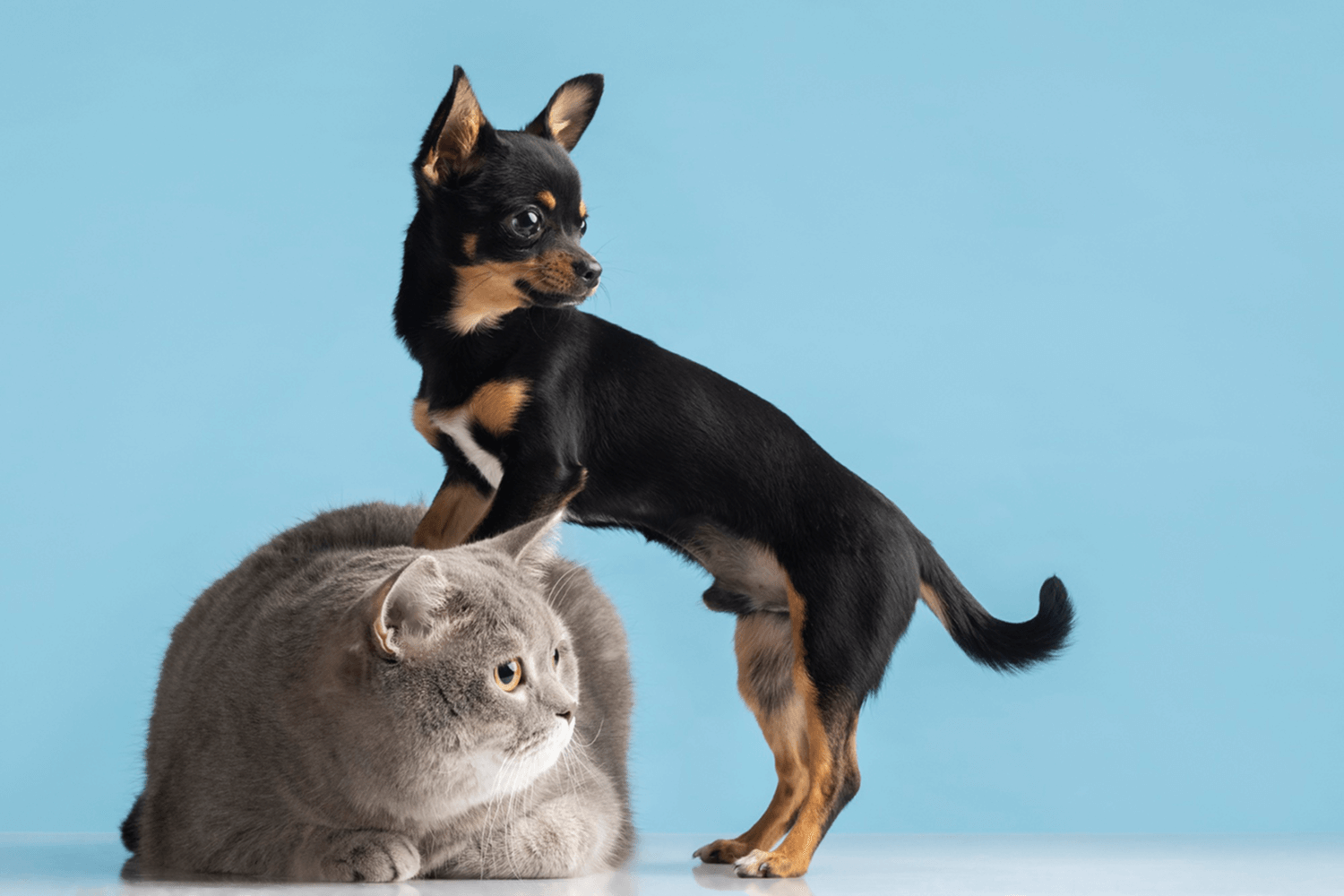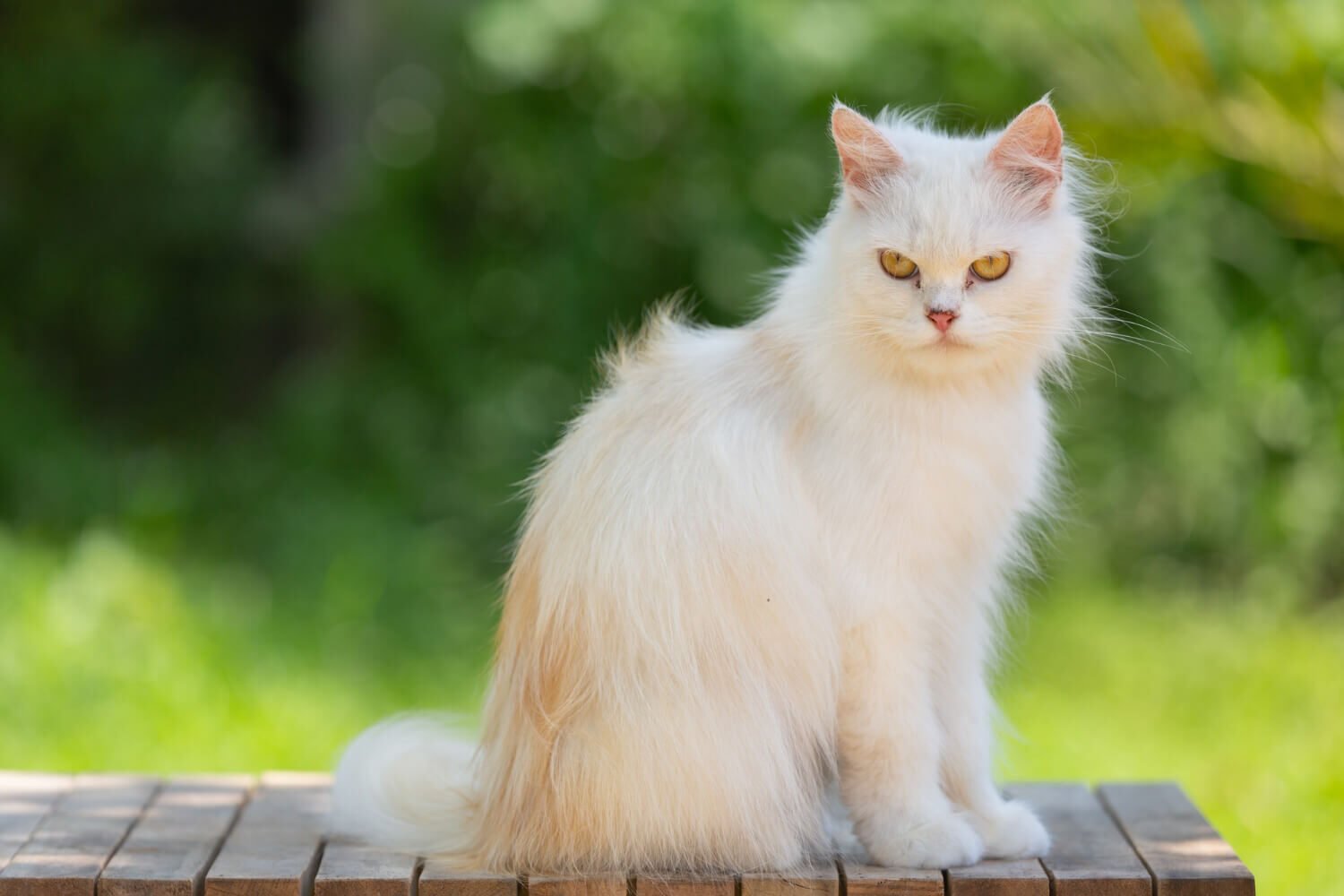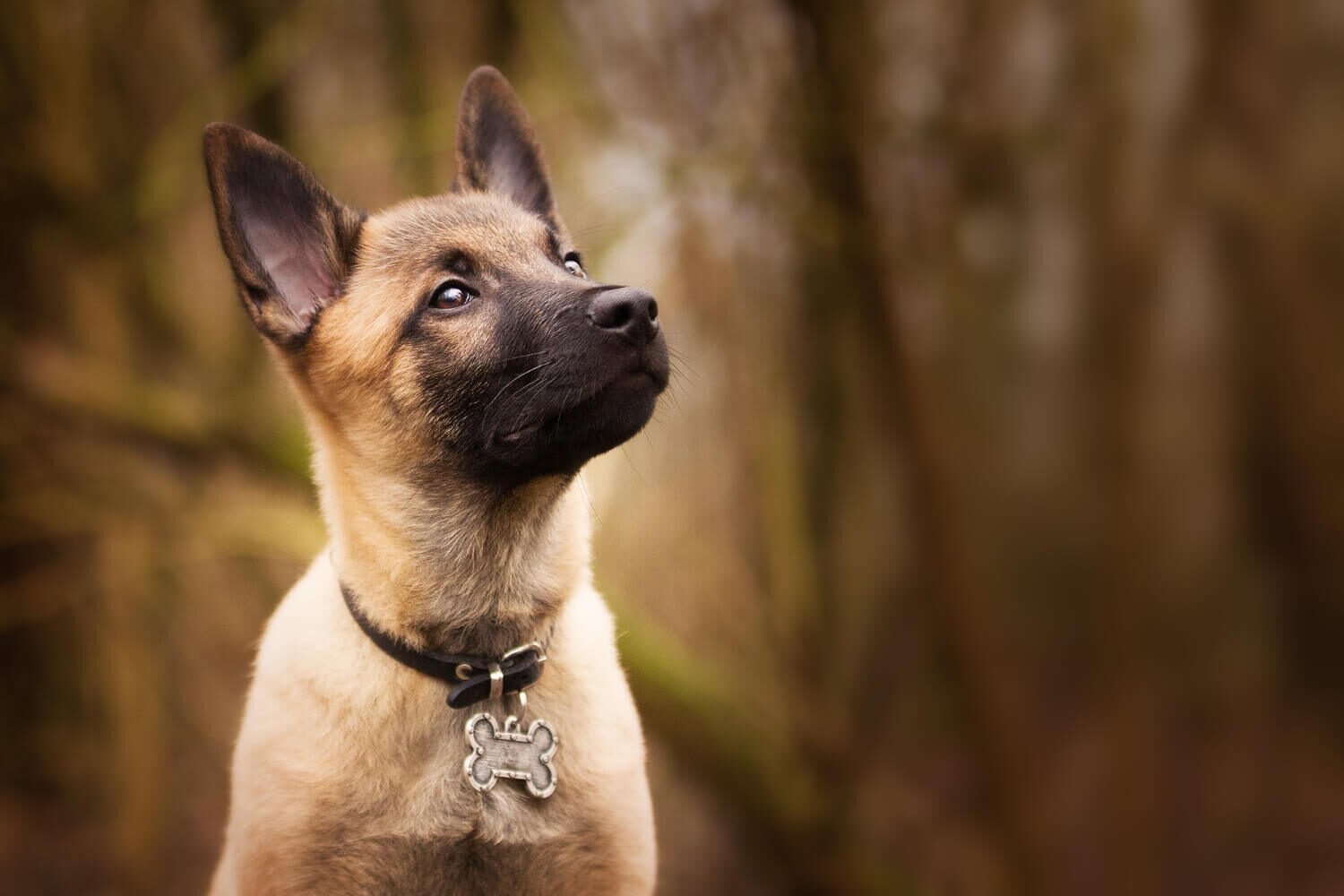10 Most Expensive Dog Breeds in the World and Why They Cost So Much
Dogs are not pets man; dogs are family. Dogs give warmth and loyalty to this world and give happiness through them being loyal guardians to their masters or rather just household pets. However, to some dog lovers, keeping a dog is not simply about having a good company, but about status, scarcity, and breeding.
In the world, some breeds of dogs are sold with outstanding prices that can compete with the luxurious vehicles. It can be their heritage, exclusivity, or just the high costs of caring about them, but those breeds are not exactly mundane. So what’s so special about the dogs costing lakhs and even crores?
And prior to venturing into the most expensive dog breeds in the world, let us get to know what makes them so expensive.
What Makes a Dog Breed Expensive?
Not every dog is born equally good, especially in the luxury world of dogs. The cost of a dog may rise drastically according to a number of factors which may extend much more than appearance or popularity.
The following is what usually pushes the price of an expensive dog breed:
1. Rare and Demand: Breeds which are rare or limited in distribution worldwide would be of higher costs, particularly those with long waiting patterns or restricted breeding cultures.
2. Lineage and Pedigree: Dogs having champion blood or even pedigreed dog get higher prices because of the superior genes and breed standards.
3. Cost of Breeding: Conscientious breeders make major investments in health treatments, medical testing and good living terms and they add them to the market price.
4. Import/Export Costs: In case a breed originates in a certain area/country, a foreign shipment, documentation, and customs may significantly increase the cost.
5. Looks and Presentation: A dog which has all the right physical attributes to win dog shows or breed contributions tend to get high prices.
6. Health Certifications: Breeds that are provided with complete health screenings, genetic testing, and vaccinations records command higher prices because they will incur less risks in the future.
7. Grooming and Maintenance Needs: Certain breeds have intensive grooming needs, exotic eating needs, or even need a controlled climate environment at a cost to lifetime ownership.
8. Celebrity or Trend Impact: The price of certain types of breeds may either shoot up with the influence of social media, the movie, etc. It may shoot even temporarily.
10 Most Expensive Dog Breeds in the World
Uses of luxury dog ownership It is not only cute luxury dog ownership, but pedigree, prestige and frequently, exclusivity. These breeds have shocking prices and are unique in nature with their own histories and care requirements, which makes them special and challenging.
The most expensive dog breeds in the world These are the 10 priciest breeds and the reason behind them:
1. Tibetan Mastiff — 10-25 lakhs+
Big, lion-like, and extremely loyal, Tibetan Mastiff is the most expensive dog breed in the world. Being originally bred by Tibet nomadic tribes as a livestock and monastery protector, this noble dog is both a real statement of power and strength.
One of the rare red Tibetan Mastiffs has been auctioned in China at a price of more than 12 crores making news all across the world. They are rare, have old heritage and they are hard to breed and these are the reasons they are so expensive. Throw in their thick fur, giant appetites and fancy attitudes – and you have a luxurious pet such as no other.
2. Samoyed- 4-8 Lakhs
Samoyeds with their beautiful white fur, eternal smile and nice character are one of the most striking and loving breeds. They were just bred in Siberia to herd reindeer and keep their humans warm – although they would readily curl up together in cold weather.
They will have to be priced by their beauty, rarity and grooming requirements. Their fluffy white coat is a labor intensive kind of work and they only survive well in cool weather. Ethical breeders spend a lot of money on their upkeep and care thus making this one of the most expensive yet beautiful breed of dogs to own.
3. Chow Chow -Rs. 3 to 7 Lakhs
The Chow Chow is one of the most ancient breeds in the world being soft, stand-offish and very loyal. Popularized by its lion-like mane and the distinguishing blue-black tongue color, this is a very royal dog with a matching attitude.
Chow Chow started in China and were previously used only by the royalty, which makes them not the simplest breed to train or socialize. They are stubborn and have health issues, which further contributes to their ownership expenses, but there are few breeding programs and great demand, which makes their price high.
4. Löwchen — ₹4–6 Lakhs
The Löwchen, also referred to as the Little Lion Dog, is a small toy dog with a large personality. Originally one of the rarest breeds of the world, this breed has been popular among European aristocrats since the renaissance.
They are hard to come by nowadays and particularly with documentation to boot. This is priced by extreme rarity, a loving and intelligent nature, and their luxury heritage. Living with a Lonwchen is not ownership, but rather an inheritance of living artifacts.
5. Azawakh – Rs 3.5-5 Lakhs
The Azawakh breed is a sighthound breed whose homeland is West Africa and that is strikingly graceful, lean, and lightning-quick. Aesthetically beautiful and fiercely loyal, this breed is least suitable to be used by first-time owners as it was traditionally employed by the nomadic tribes of people to watch over the campsites and hunt gazelles.
Outside their native region, Azawahs are rare and regulated breeding has ensured that the number of these dogs remained small. Their exotic look, their sportive character and their rich prey drive render them extremely appreciated by the aficionados of the exclusive dog breeds.
6. Rottweiler- 2-4 L Healthy Dogs Lakhs (Show-Quality)
Although Rottweiler is a relatively popular breed of guard dog, the show Rottweiler in bloodline of champions has a high price tag attached to it. They are also good working dogs with their muscular bodies, obedience, and caring nature.
Quality breeders spend money on genetic testing, socialization and professional training which adds to the cost. Especially imported European Rottweilers have the reputation of being premium because of their size, temperament, and bloodline.
7. Canadian Eskimo Dog- 4-6 Lakhs
Canadian Eskimo Dog is one of the ancient domestic dog breeds in North America and a real snow dog. They are strong, enduring and loyal and have been used in sledging and survival in arctic climes.
The breed is critically endangered as there are fewer than 300 purebred representatives in the whole world. They are in short supply, they have historical value, and require specialist care, so they are an expensive, and valued, addition to any pack.
8. Pharaoh Hound- 3-5 Lakhs
The Pharaoh Hound is powerful, elegant, and lean in stature; it is commonly confused with an ancient Egyptian breed, but it is originally a Maltese breed. Beauty and speed is what describes these dogs known by their beautiful appearance and purple blush when aroused.
They are sensitive, smart and require plenty of exercise. The fact that they are rare and less mainstream, the demand being niche albeit very enthusiastic, means that Pharaoh Hounds retain their reputation as a rather exclusive type of dogs in the world.
9. Akita — ₹2.5–4 Lakhs
Akita is a very strong, proud breed of its origin before Japan which has a very strong sense of loyalty. They are considered to be quiet, powerful but protective animals, but they, perhaps, became famous worldwide due to Hachiko, the indestructible Akita who has been waiting years for his dead owner.
They are expensive because of the high genetic stock (which is attributed to the breeds having a royal past) and learnability. Japanese imports especially the Japanese Akitas are expensive as they have their exclusive blood lines and breeding requirements.
10. Afghan Hound- 2-3.5 lakhs
The Afghan Hound is a symbol of beauty – the beautiful lock of hair, the proud bearing, the looks of indifference to everything. This dog is known to be born to hunt in the mountains of Afghanistan because of the combination of speed, grace, and independence.
They are also very demanding to groom and their beauty is sure to be compensated by an equally high price. The Afghan Hounds are a living sculpture on four legs, they are rare in most areas of the world and also loved by the show-dog fans.
Related Blog: Top 10 Most Protective Dog Breeds for Families
Are Expensive Dog Breeds Worth It?
It might seem outrageous to spend lakhs of rupees on a dog, but then again this is passion, a way of life or even a legacy to some. A high price of dog breeds very frequently comes along with a spectacular appearance, character eccentricities, and an interesting background. Or they may be the show-stoppers at shows, the faithful friends or even the status symbols.
And the thing is that said price cannot always be the source of happiness. The luxury breeds are not only time consuming, but also need more training and care than most people assume. Grooming, health problems, and attitude issues may cause what appeared to be a dream pet to become a nightmare of a commitment. Maintenance expense could even exceed the one of the original purchase.
Whichever way, having an expensive dog breed can either be worth it or not depending on how you live your life, your finances and what you anticipate. It could suit you best in case you can take the responsibility, and highly appreciate the uniqueness of a rare breed. However, when you just want unconditional love and loyalty, even a rescue dog will provide this to you, and it costs nothing at all.
FAQs About Most Expensive Dog Breeds in the World
Wondering what the big deal about these high-end pups is all about (and expensive)? These are the responses to the frequently asked questions by dog lovers.
Q1. What is the #1 most expensive dog breed in the world?
The Tibetan Mastiff is the most expensive dog breed in the world nowadays. A red-coated Mastiff was sold once in China at over 12 Crore rupees because of its rareness and its representation of riches.
They have a market value based on descent, gigantic mass and scarcity. Nevertheless, the highest selling price of the Tibetan Mastiffs sold currently is way less pricey than that record-breaking amount, and yet it is also prohibitively expensive.
Q2. Are expensive dogs healthier than regular breeds?
Not necessarily. Although ethical breeders of costly dogs pay to ensure health screening and genetic testing of their dogs, certain expensive breeds are genetically susceptible to certain diseases because of selective breeding over many years.
Conversely, mix breeds usually enjoy the benefits of genetic variation, which may make them more hardy practices. The health of a dog is more linked to the ethics of a breeder than the price of the dog.
Q3. Why are purebred dogs so costly?
Maintaining a purebred dog’s unique appearance, temperament, and lineage requires rigorous breeding protocols. Responsible breeders spend a lot of money on care including veterinary appointments and health screening. Furthermore, some breeders may specialize in puppies with certain champion bloodlines.
Q4. What are alternatives to buying an expensive dog?
Adoption is an amazing option. Dogs, even purebreds, are seeking loving homes at great or no cost at all in many of the rescue shelters and the breed specific organizations.
Another option you have is to adopt a mixed-breed dog which also tends to have good temperament, be loyal, and have reduced health risks at a bargain price, too.
Q5. Can you adopt high-end dog breeds?
Certainly it’s uncommon, but you are able to find restoration rescues that contain purebred or high quality dogs. Families sometimes give them up because of lifestyle changes, allergies, or due to hardships related to the breed. There are also breed specific rescues that rehome purebreds. It does require some patience and a fair amount of luck, but that is a noble way to welcome a high end breed into your life at a lower cost.
Conclusion
Costly dog breeds are considered much more than companions; they represent a portion of history, lineage, and in many cases, social status. Each breed, including the former ancients like Tibetan Mastiff and the graceful showstoppers like Afghan Hound, offers a distinct flavor, a challenge and a price.
However, the actual worth of a dog is never in “rupees”, but in how they enrich your life with unconditional love, loyalty, and joy. So whether you buy a very rare pedigree or a stray, what counts the most is the relationship formed and a life enjoyed together.











